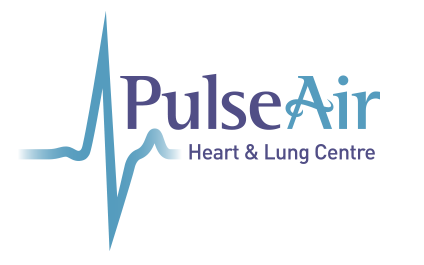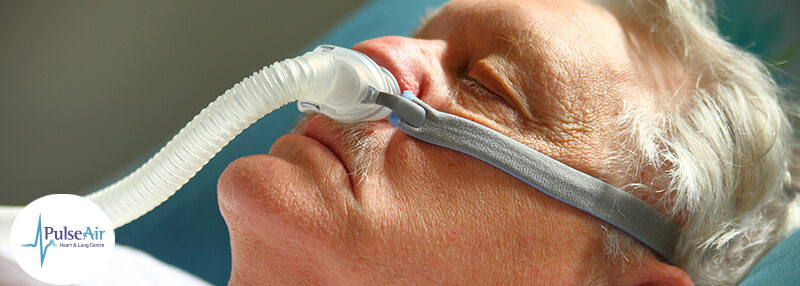Chronic obstructive pulmonary disease (COPD) and obstructive sleep apnea (OSA) are two common respiratory conditions that can have a devastating impact on a person's quality of life. What's even more alarming is that these two conditions often overlap, making it crucial to understand the connection between them.
At PulseAir Heart and Lung Centre, we're dedicated to raising awareness about the COPD and sleep apnea overlap, and how it can affect your health.
What is Obstructive Sleep Apnea (OSA)?
Obstructive sleep apnea is a sleep disorder in which a person's breathing is interrupted during sleep, causing them to stop breathing for short periods. This can occur multiple times throughout the night, disrupting sleep patterns and leading to daytime fatigue, headaches, and other symptoms.
The Connection between COPD and OSA
COPD and OSA are two separate conditions, but they often overlap. Studies have shown that up to 50% of people with COPD also have OSA. This is because both conditions share common risk factors, such as:
- Age: Both COPD and OSA are more common in older adults.
- Obesity: Excess weight can increase the risk of developing both conditions.
- Smoking: Smoking is a major risk factor for COPD, and it can also increase the risk of OSA.
How COPD and OSA Interact
When COPD and OSA overlap, it can create a vicious cycle of worsening symptoms. Here's how:
- COPD can cause inflammation and narrowing of the airways, making it harder to breathe. This can lead to increased respiratory effort, which can trigger OSA episodes.
- OSA can cause frequent awakenings during the night, leading to sleep deprivation and fatigue. This can worsen COPD symptoms, making it harder to manage.
- The overlap of COPD and OSA can also increase the risk of other health problems, such as heart disease, high blood pressure, and stroke.
Diagnosing and Treating COPD and OSA Overlap
Diagnosing the overlap between COPD and OSA requires a comprehensive approach:
- Diagnosis:
- COPD: Diagnosis typically involves a thorough medical history, physical examination, and spirometry to measure lung function.
- OSA: Diagnosis often includes a detailed medical history, physical examination, and polysomnography (sleep study) to monitor breathing patterns during sleep.
- Treatment:
- COPD:
- Medications: Bronchodilators and inhaled corticosteroids to manage symptoms and improve lung function.
- Lifestyle Modifications: Smoking cessation, regular exercise, and maintaining a healthy diet.
- OSA:
- Positive Airway Pressure (PAP) Therapy: Continuous positive airway pressure (CPAP) or bilevel positive airway pressure (BiPAP) to keep airways open during sleep.
- Lifestyle Modifications: Weight loss, avoiding alcohol and sedatives, and sleeping on your side.
- Combined Management:
- Medications: Using appropriate medications to manage COPD symptoms while ensuring they do not interfere with OSA treatment.
- PAP Therapy: Utilizing PAP therapy to treat OSA, which can also help reduce the respiratory effort in COPD patients.
- Lifestyle Changes: Implementing lifestyle changes that benefit both conditions, such as weight management, regular physical activity, and smoking cessation.
- COPD:
Understanding the overlap between COPD and OSA and addressing both conditions simultaneously can significantly improve overall health and quality of life. If you suspect you have either condition, consult with your healthcare provider for a comprehensive evaluation and personalized treatment plan.
Breaking the Cycle of COPD and OSA Overlap
The COPD and sleep apnea overlap is a complex issue that requires a comprehensive approach. By understanding the connection between these two conditions, we can break the cycle of worsening symptoms and improve overall health.
At PulseAir Heart and Lung Centre, we're committed to helping you take better care of your respiratory health. We offer several services surrounding your health and sleep, such home sleep testing, respiratory consultations, and sleep apnea treatment. Don’t hesitate to reach out to us with any further questions or concerns, take the first step towards a healthier, happier you!


